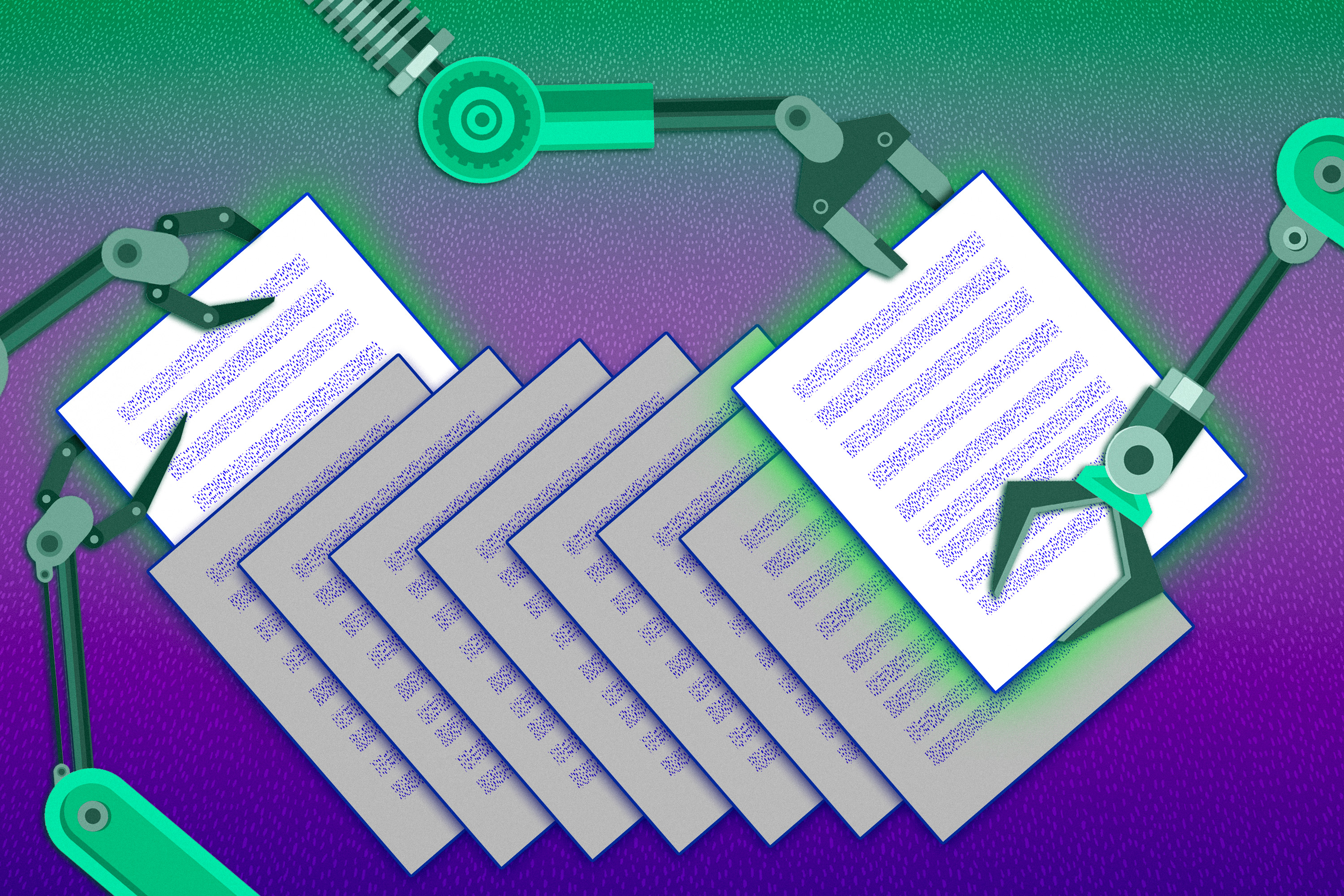Introduction to AI User Interfaces
AI is finally leaving the realm of developers and becoming accessible to ordinary users. With the help of graphical interfaces, people who are not tech-savvy can now run powerful AI models locally. This shift has been made possible by the development of user-friendly interfaces that do not require coding knowledge.
The Evolution of Open-Source AI UIs
The evolution of open-source AI model user interfaces has made it possible for non-developers to access powerful tools. One such development is Ollama, which has bridged the gap between ease of use and privacy by allowing people to chat with models like GPT-OSS without writing any code. This has marked a pivotal moment in making AI more accessible to everyone.
Comparison of Open-Source AI UIs
There are several open-source AI UIs available, each with its own strengths and weaknesses. Some popular options include Ollama, LM Studio, and Open WebUI. Ollama is suitable for beginners, LM Studio is geared towards power users, and Open WebUI offers advanced customization options.
Ollama: A Beginner-Friendly Option
Ollama is a great option for those who are new to AI and want a user-friendly interface. It allows users to chat with AI models without requiring any coding knowledge. Ollama’s interface is intuitive and easy to navigate, making it a great choice for beginners.
LM Studio: A Power User’s Dream
LM Studio is designed for power users who want more control over their AI models. It offers advanced features and customization options, making it a great choice for those who want to get the most out of their AI models.
Open WebUI: Advanced Customization
Open WebUI is a great option for those who want advanced customization options. It allows users to tailor their AI models to their specific needs, making it a great choice for those who want a high degree of control over their AI models.
Pros and Cons of Each Platform
Each platform has its own pros and cons. Ollama is easy to use but may lack advanced features. LM Studio is powerful but may be overwhelming for beginners. Open WebUI offers advanced customization options but may require more technical knowledge.
User Feedback and Comparison
User feedback has been positive for all three platforms, with each having its own unique strengths and weaknesses. A cheat sheet comparison of features is available, making it easy to choose the right platform for your needs.
Conclusion
In conclusion, there is a suitable AI UI for every type of user, depending on their needs and comfort levels. Whether you’re a beginner or a power user, there’s an open-source AI UI out there that can help you get the most out of your AI models. By choosing the right platform, you can unlock the full potential of AI and take your projects to the next level.
FAQs
Q: What is an open-source AI UI?
A: An open-source AI UI is a user interface that allows users to interact with AI models without requiring coding knowledge.
Q: What are the benefits of using an open-source AI UI?
A: The benefits of using an open-source AI UI include ease of use, privacy, and customization options.
Q: Which open-source AI UI is best for beginners?
A: Ollama is a great option for beginners, as it offers a user-friendly interface and does not require coding knowledge.
Q: Which open-source AI UI is best for power users?
A: LM Studio is a great option for power users, as it offers advanced features and customization options.
Q: What is the difference between Ollama, LM Studio, and Open WebUI?
A: Ollama is beginner-friendly, LM Studio is geared towards power users, and Open WebUI offers advanced customization options.











